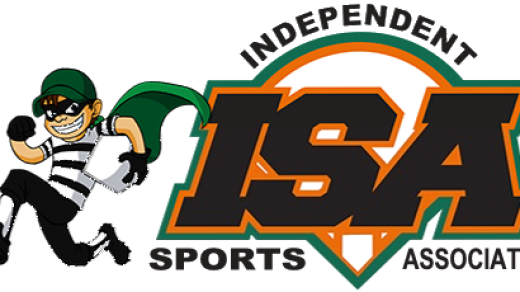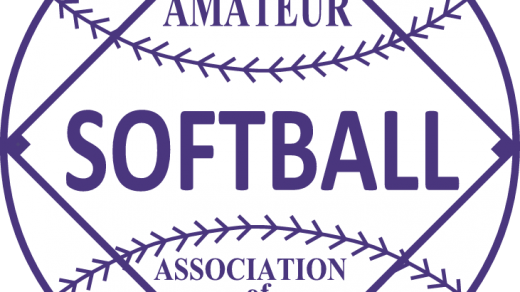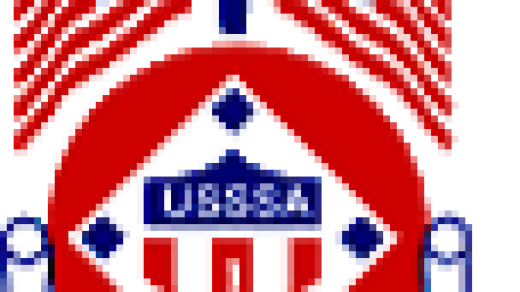The Official explanation of “The Birth of Softball” as written by Bill Plummer III

Softball was invented on a blustery, windy day in November 1887 in Chicago, IL inside the Farragut Boat Club. There a bunch of Yale and Harvard alumni anxiously awaited the results of the Harvard-Yale football game. When the news came that Yale had defeated Harvard, 17-8, one Yale supporter, overcome with enthusiasm, picked up an old boxing glove and threw it at a nearby Harvard alumni, who promptly tried to hit it back with a stick. This gave George Hancock, a reporter for the Chicago Board of Trade, an idea. He suggested a game of indoor baseball. Naturally, Hancock’s friends thought he was talking about playing a game outdoors, not indoors. Hancock, however, wasn’t kidding. Using what was available, he tied together the laces of a boxing glove for a ball. Using a piece of chalk, Hancock marked off a home plate, bases and a pitcher’s box inside the Farragut Boat Club gymnasium, with the two groups divided into two teams. The final score of the game was 41-40, but what was significant was that Hancock and his friends had invented a sport that would grow in popularity to where today more than 25 million people enjoy playing it in the United States and millions more internationally in more than 100 countries.
Hancock’s invention eventually caught on in Chicago with the Farragut team challenging other gyms to games. In the spring, Hancock took his game outdoors and played it on fields not large enough for baseball. It was called indoor-outdoor and Hancock emerged as the recognized authority in the 19th century. Hancock appended 19 special rules to adapt the outdoor game to the indoor game. The rules were officially adopted by the Mid-Winter Indoor Baseball League of Chicago in 1889.
Hancock’s game gradually spread throughout the country and ultimately flourished in Minneapolis thanks to the efforts and ingenuity of Louis Rober, a Minneapolis Fire Department lieutenant, who wanted to game to keep his firemen fit during idle time. Using a vacant lot adjacent to the firehouse, Rober laid out bases with a pitching distance of 35 feet. His ball was a small sized medicine ball with the bat two inches in diameter. The game became popular overnight and other fire companies began to play.
In 1895, Rober transferred to another fire company and organized a team he called the Kittens. George Kehoe, captain of the Truck Company No. 1, named Rober’s version of softball “Kitten Ball.” Rober’s game was known as Kitten Ball until 1925 when the Minneapolis Park Board changed it to Diamond Ball, one of at least a dozen names used during this time for softball. The name softball didn’t come about until 1926 when Walter Hakanson, a Denver YMCA official and a former ASA president and commissioner, suggested it to the International Joint Rules Committee. Hakanson had come up with the name in 1926, but the committee didn’t include the ASA until 1934.
Efforts to organize softball on a national basis didn’t materialize until 1933 when Leo Fischer and Michael J. Pauley, a Chicago Sporting Goods salesman, conceived the idea of organizing thousands of teams in America into cohesive state and metro organizations and state/metro organizations into a national organization. To bring the teams together, Fisher and Pauley invited them to participate in a tournament in conjunction with the ’33 World’s Fair in Chicago. With the backing of the Chicago American newspaper, Pauley and Fisher invited 55 teams to participate in the tournament. Teams were divided into three classes–fastballers, slow pitch and women. A 14-inch ball was used with a single elimination format.
During the 1934 National Recreation Congress, membership on the Joint Rules Committee was expanded to add the ASA. Until the formation of the ASA, softball was in a state of confusion, especially in the rules area where the length of the bases and pitcher’s box (mound) were constantly being changed. Depending on the state they were playing in, teams often played under different rules. The formation of the ASA gave softball the solidarity and foundation it needed to grow and develop throughout the U.S. under the network of associations proposed by Pauley and Fisher. Pauley and Fisher visited many of the states inviting teams to participate in the tournament. Fischer and his sports promotion director, Harry Wilson, sold the Century of Progress Exposition on the idea of sponsoring the tournament and providing a field inside the Fair Grounds. The American’s sports pages promoted the tournament daily and Chicago businessmen raised $500 to finance the event.
On the opening day of the 1933 tournament, the Chicago American said, “It is the largest and most comprehensive tournament ever held in the sport which has swept the country like wildfire.” With admission free, 70,000 people saw the first round of play. Chicago teams won the three divisions of play with ASA National Softball Hall of Famer Harry (Coon) Rosen leading the J.L. Friedman Boosters to the men’s title, one-hitting the famed Briggs Beautyware of Detroit, MI in the finals. It was the first loss of the season for Briggs after 41 consecutive wins. It was evident that softball finally had a foundation from which to grow and in 1935, the Playground Association Softball guide wrote, “The years of persistent effort, constant promotion and unchanging faith of believers in softball proved to have not been in vain, for in 1934 softball came into its own.
All over America hundreds of leagues and thousands of players enthusiastically accepted this major team game. “The promotional activities of the ASA played an important part in stimulating the interest that has been developing for many years. The battle for recognition of this splendid game is over. Softball has won a place among America’s foremost sports.” The recognition of the sport increased tremendously when softball was finally accepted as an Olympic sport in 1991, thanks to the efforts of former ASA Executive Director and International Softball Federation President, Don E. Porter, who spent numerous hours and traveled thousands of miles lobbying for softball to be accepted on the Olympic program. That became a reality in 1996 in Atlanta, GA where the softball competition was an overwhelming success drawing more than 120,000 people to Golden Park in Columbus, GA. The USA won the first-ever gold medal in softball and repeated as gold medalists in the 2000 Olympics in Sydney, Australia where another attendance record was set. In 2004, softball will again be part of the Olympics in Athens, Greece. Besides the Olympics, softball also is an official Pan American sport, and is played in various international tournaments and events sanctioned by the International Softball Federation, which is in its sparkling new offices in Plant City, FL after sharing office space with the ASA for many years.
First a Pan Am demonstration sport in Winnipeg, Canada in 1967, softball was officially added to the Pan American program in 1979, with both men’s and women’s fast pitch softball contested. The Pan American Games is held every four years. The persistent efforts of thousands of people and their faith in a sport that was conceived inside the Farragut Boat Club has been well worth the effort because softball is America’s game and reached the pinnacle of the sports world in 1996 that for many years some people thought would never happen. Fortunately, there were enough people who believed softball belonged on the Olympic program, and after the record-setting past two Olympic Games there isn’t any more doubt where softball belongs. Softball has found its place–not only in the hearts and souls of the people who play but those who watch it in the Olympic arena.




